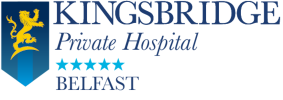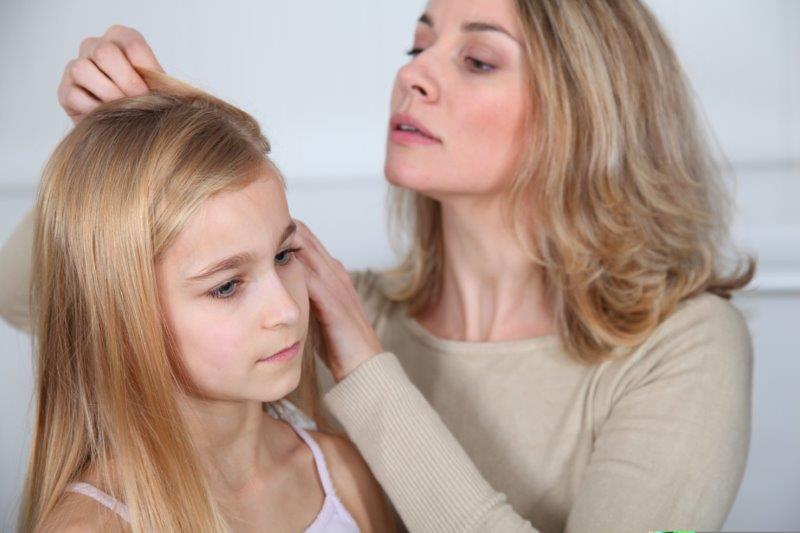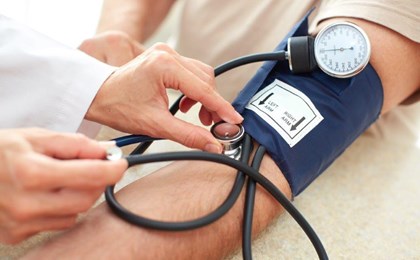Give my head peace!
06th, Sep 2018
Dr Aileen McPhillips, Private GP at Kingsbridge Private Hospital discusses the common problem of head lice.
Hello September!...it is starting to get that Autumn feel and everyone is settling back into school which made me think of this topic...
Head lice are very common, particularly in school children. Head lice are tiny insects that live in human hair. Nits are the empty egg shells attached to the hair that the head lice hatch from. They are generally harmless but can cause itch and can be troublesome to deal with at times.
How do we get head lice?
Head lice pass from person to person by direct contact – therefore they climb from one person’s hair to another’s.
They can not fly or jump. They die within a short period once detached from the hair.
Head lice can be difficult to spot – they are generally very small white or grey insects. Small white eggs or nits may also be seen attached to the hair – especially at the back of the neck or behind the ears.
How do I prevent head lice?
Preventing head lice is difficult. Keeping long hair tied up can help the reduce the risk of spread by preventing direct contact with another person’s hair.
Regular combing and inspection of the hair can help detect them early. Regular combing can also help remove head lice and nits from the hair.
How do I treat headlice?
Head lice and nits can be removed by combing using a fine-tooth comb – wet or dry, but usually works best on wet hair with conditioner. The whole head of hair, from root to tip, needs to be combed thoroughly. This process should be repeated every few days for 2 weeks.
There are many medicated lotions, sprays and shampoos that can be purchased from pharmacies. These will kill the head lice but should also be followed by thorough combing. Treatment may need to be repeated after one week.
Written by Dr Aileen McPhillips.
Dr Aileen McPhillips is and Private GP at Kingsbridge Private Hospital. She graduated from Queen’s University, Belfast in 2004. She completed training in General Practice and graduated as a member of the Royal College of General Practitioners in 2009. She enjoys all aspects of General Practice, however she has a special interest in Family Planning and Women’s Health (and has completed further training with Diplomas from the Faculty of Family Planning and Royal College of Obstetricians & Gynaecologists. To book an appointment with Dr Philips, please visit our online booking link.







